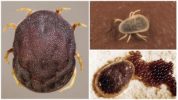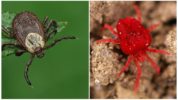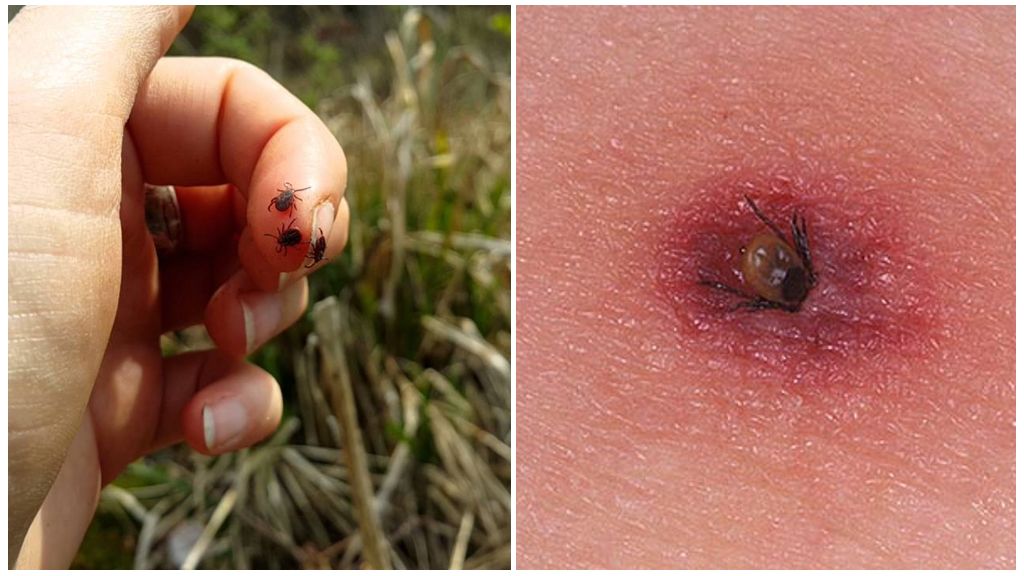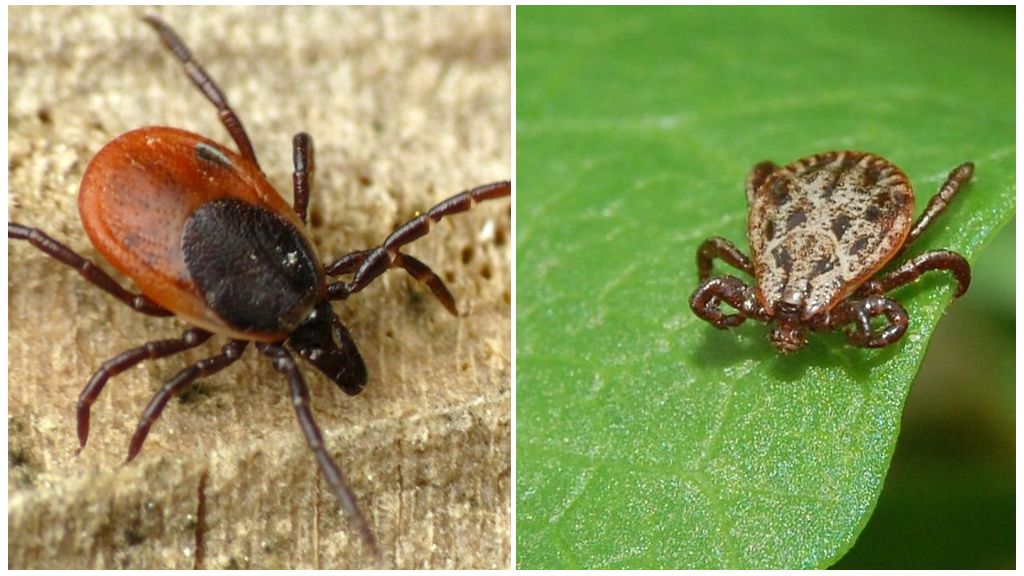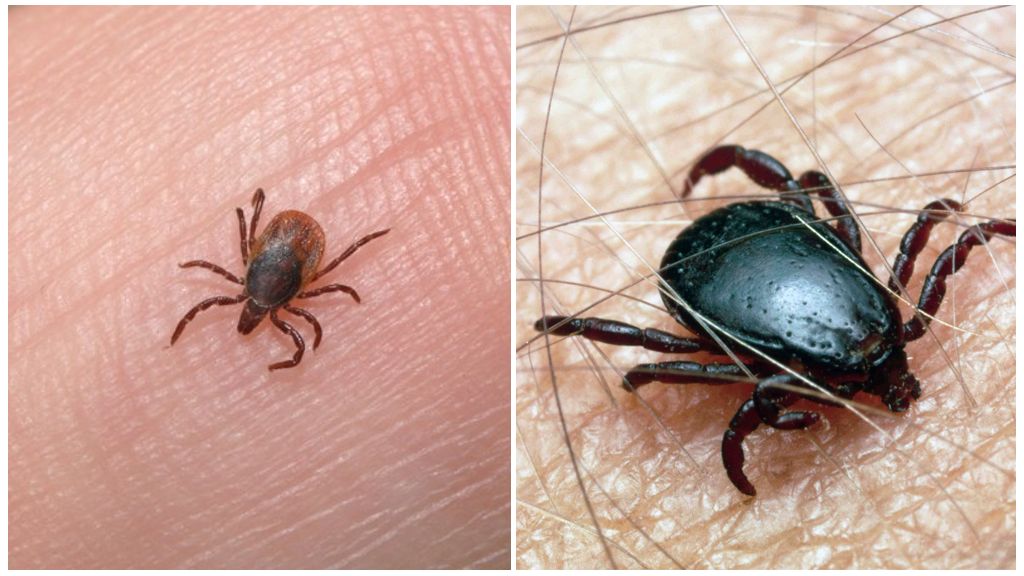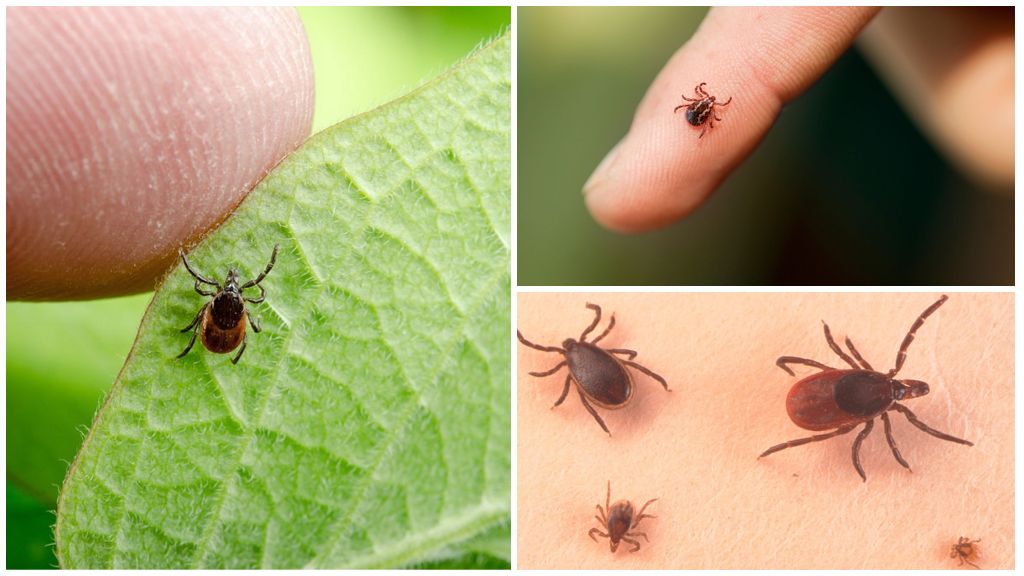- Argas Mites
- Ixodic and acariform tick
In the scientific literature about 50 thousand are described. tick species. Belong to the class of arachnids, distributed throughout the world. Blood-sucking representatives of the genus able to tolerate dangerous diseases. Individuals eating dead organics often cause an allergic reaction, itching on the body. The size of the tick is from a few millimeters to 3 cm, females are always larger than males. The larvae externally differ in the number of legs - not 4 pairs, but 6, with a minimum body size.
The most enormous ticks
Most of the parasites are harmful to plants, crops, have minimal sizes, localized on the back of the leaves. Ticks attacking people, animals belong to macro ticks. Their sizes are such that you can notice the pest with the naked eye. An animal and human tick feeds on blood and is a carrier of dangerous diseases.
Argasovy
A huge tick reaches 3 cm. Larvae of the first age are only 3 mm. The abdomen stretches as food arrives, so a hungry parasite is always less than full.
On a note!
Argas Mites able to starve to 11 years. 12 species attack humans. Toxic poison, causes a serious allergic reaction, toxicosis. Are carriers of dangerous diseases - borreliosis, relapsing fever, encephalitis.
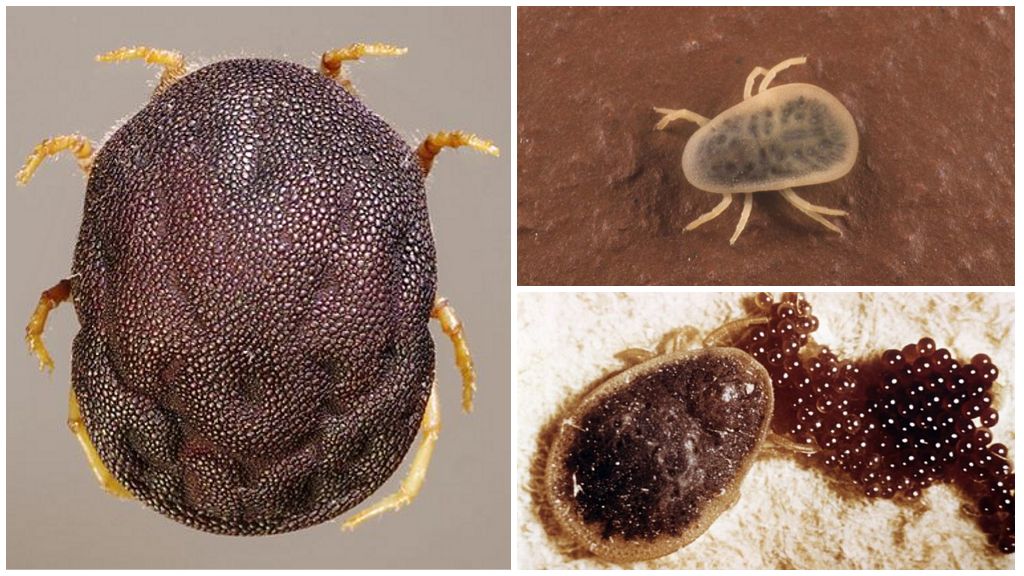
In Mexico, the local population is afraid of these parasites along with rattlesnakes, as it is the most poisonous tick in the world. Caucasian is prevalent in our area, settlement.
Ixodic
The largest tick in the world is registered in the Guinness Book with a body size of 3.6 cm. There are about 650 species in the world ixodid ticksare ubiquitous. Among them, an animal and human tick that feeds on blood. Parasitizes on wild animals, pets, livestock, birds, and on occasion attacks a person. The body may be several days until it is completely saturated. The giant tick carries borreliosis, tick-borne encephalitis.
After being bitten by an uninfected parasite, symptoms are limited to a local allergic reaction. A photo of the largest tick in the world is presented below. It is the most dangerous for humans, in severe cases after a bite, the development of a serious disease death occurs.
Acariform
A non-dangerous and even useful representative of the genus. It lives in the soil, enriching it with useful components. It has a bright color, looks like a spider. The body size of a large tick reaches 1.8 cm. However, in nature there are about 30 thousand species whose sizes are much smaller.
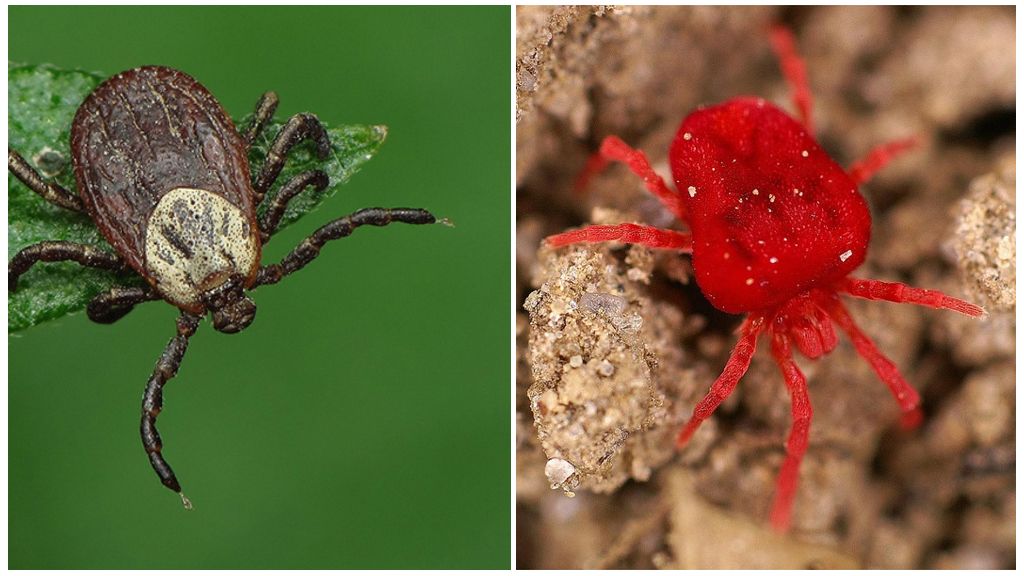
Interesting!
Common ticks - forest also belong to the genus of ixodidae, but their dimensions in the full state do not exceed 4 mm. They live in bushes, deciduous trees, tall grass. They do not rise above the soil level above 50 cm. Up to four days can be on the human body. After bite redness, swelling, itching, burning remains.
What size small ticks
Among acariform ticks, there are representatives with the smallest size - 0.08 mm. It is impossible to notice such a creature with the naked eye. They feed on dead organics. By their presence and vital products they harm a person - they cause an allergic reaction, dermatological diseases. Refers to them scabiesflour or barn, demodecticdusty bedfeather. Distributed everywhere.
On a note!
The presence of ticks on the body can be determined using special analysis, the material for which is scraping the affected area of the body. Demodecosis Treatment carry out antiparasitic agents for external use. The presence of a tick in the house is determined by the external symptoms - an unreasonable headache, poor health, allergy, cough, rhinitis without signs of a cold, etc.
